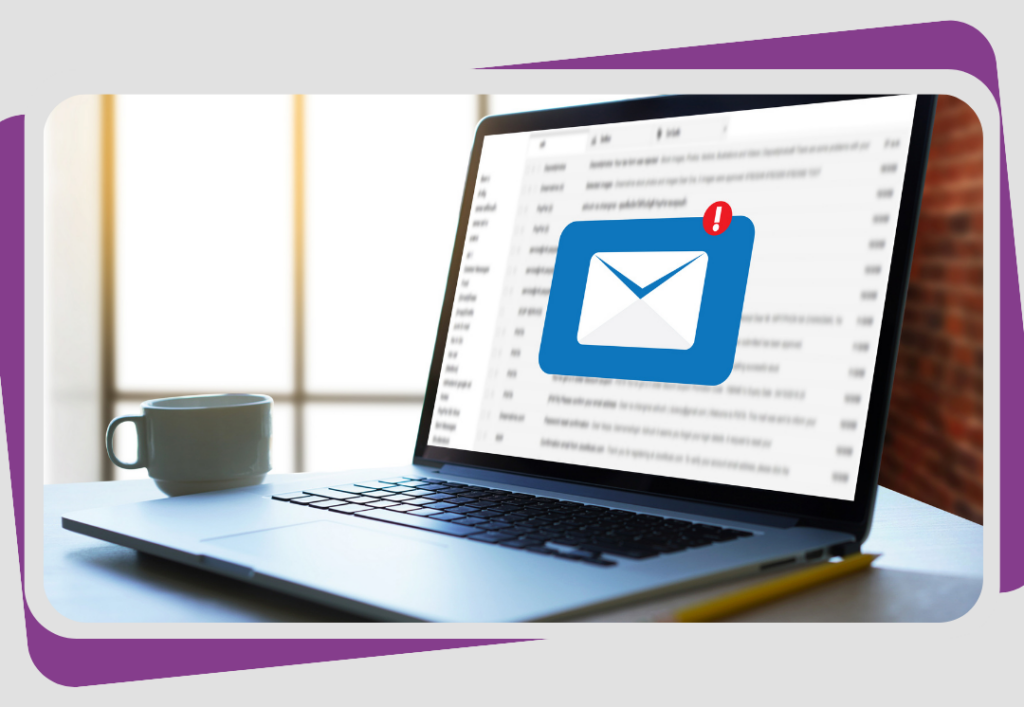Skip to content
 Practice Good Etiquette
Practice Good Etiquette
- Reduce long threads of forwards
- Summarize threads forconvenience and to improve understanding
- Copy only those to whom the e-mail is relevant
- Clearly identify why the recipient is receiving the e-mail and what you would like them to do.
Write clear, informative and complete subject lines
- Organize the information
- Create a purpose and main thought
- Organize a logical flow of information
- Group relevant information
- Identify what action is expected of the recipient(s) and when the action is expected
Communicate Effectively and Efficiently
- Proper grammar
- Proper punctuation
- Accurate spelling
- Positive language
- Appropriate tone and style
- Reduced hyperbole or exaggeration
- Concise and succinct
- Do not use emotion symbols such as smiley faces and frowns
- Don’t use popular abbreviations such as LOL, BCNU, BTW
- Avoid any attempts at humor since you don’t know how they will be received
Page load link
 Practice Good Etiquette
Practice Good Etiquette